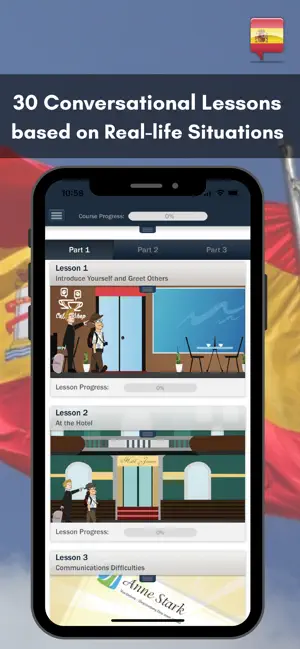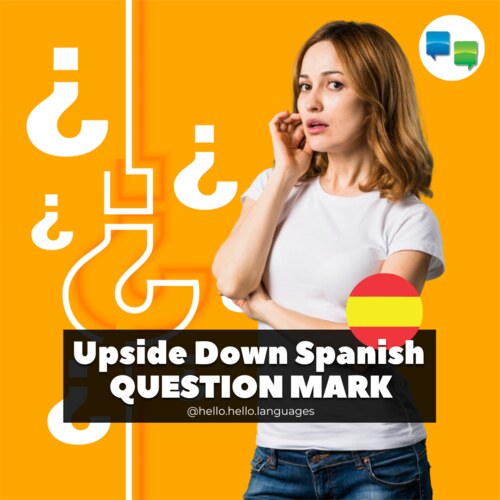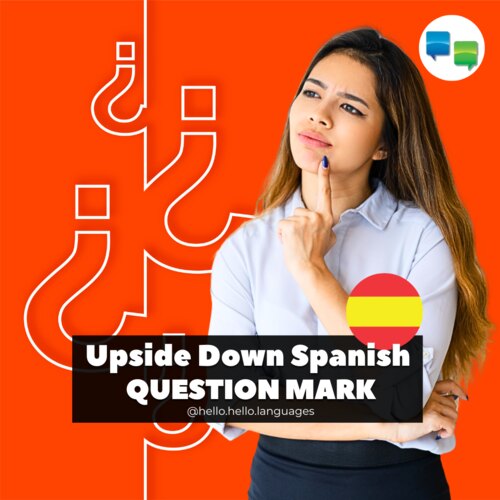If you’ve ever stumbled across an upside-down question mark (¿) at the beginning of a Spanish sentence, you might’ve paused for a second and thought, “Wait, is that a typo?” It looks unusual to English speakers, but that flipped punctuation mark is actually doing an important job in Spanish. It’s not random—it’s purposeful, practical, and even kind of brilliant once you understand it. Explains Hello-Hello a leading Spanish Language Learning app developer for iOS and Android devices. In Spanish, the upside-down question mark (¿) is used at the beginning of a question, and it’s always paired with a regular question mark (?) at the end. This punctuation style is unique to Spanish among the major world languages. While English only uses a question mark at the end, Spanish prefers to mark the entire question—from start to finish.
- ¿Cómo te llamas? (What’s your name?)
Why both marks? Because Spanish sentence structure can be flexible, and sometimes a sentence might not obviously sound like a question—at least not until the very end. So, the upside-down question mark at the beginning acts like a helpful signal, letting the reader know right away: Hey, this is a question—read it that way! Now imagine reading this in English:
- You’re going out tonight?
With no early clue, your tone might be off until the final word. But if English worked like Spanish:
- ¿You’re going out tonight?
Boom—now you know from the start that it’s a question. You’d probably read it in a more natural way, with the right voice inflection, without having to backtrack. So, Where Does It Go? Most of the time, you’ll place the upside-down question mark right at the start of the question. For example:
- ¿Dónde estoy? – “Where am I?”
In writing—especially in stories or dialogue—it goes right before the actual question, even if the sentence includes a phrase or description beforehand. For example:
- Carmen miró a su alrededor y preguntó, «¿Dónde estoy?». Carmen looked around and asked, “Where am I?”
- El político les preguntó, «¿Qué es lo que necesitan?». The politician asked them, “What is it you need?”
You might also notice that Spanish uses slightly different punctuation than English overall. Quotation marks, for example, often come in the form of «angle brackets» instead of the English-style double quotes. So next time you see an upside-down question mark, don’t be confused—know that it’s simply Spanish making things clearer from the get-go. Pretty smart, right?
Learn Spanish (Hello-Hello)

Check out the new version of our Spanish language learning app for iPhone and iPad. Learn Spanish with Hello-Hello offers a completely new and improved version of our app with animated videos, a redesigned interface and additional features! Follow our adorable characters on a fun journey to learn Spanish!
Seriously, this is now, by far, THE BEST language learning app available on iTunes 🙂
- Animated videos and comic strips.
- New games to practice reading and listening skills
- Cleaner and more friendly user interface
- Follow your course progress
- Take notes
- Receive notifications with lesson reminders. The more you practice, the more you learn!
- Receive notifications with new words to build your vocabulary
Check out the iTunes store Hello-Hello Spanish app here and the Android Play store


